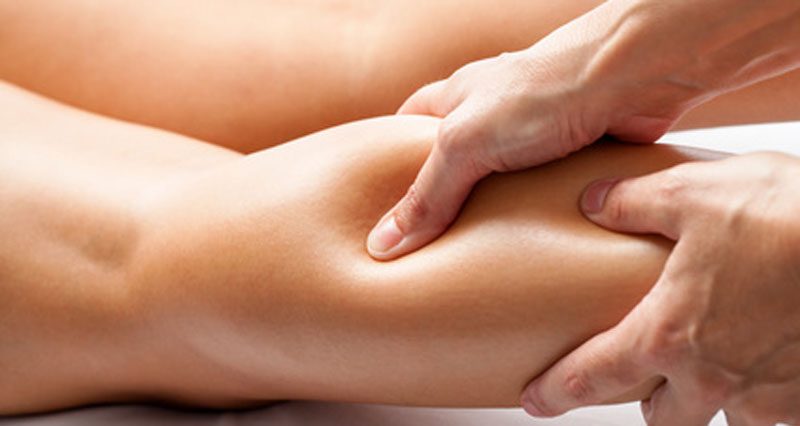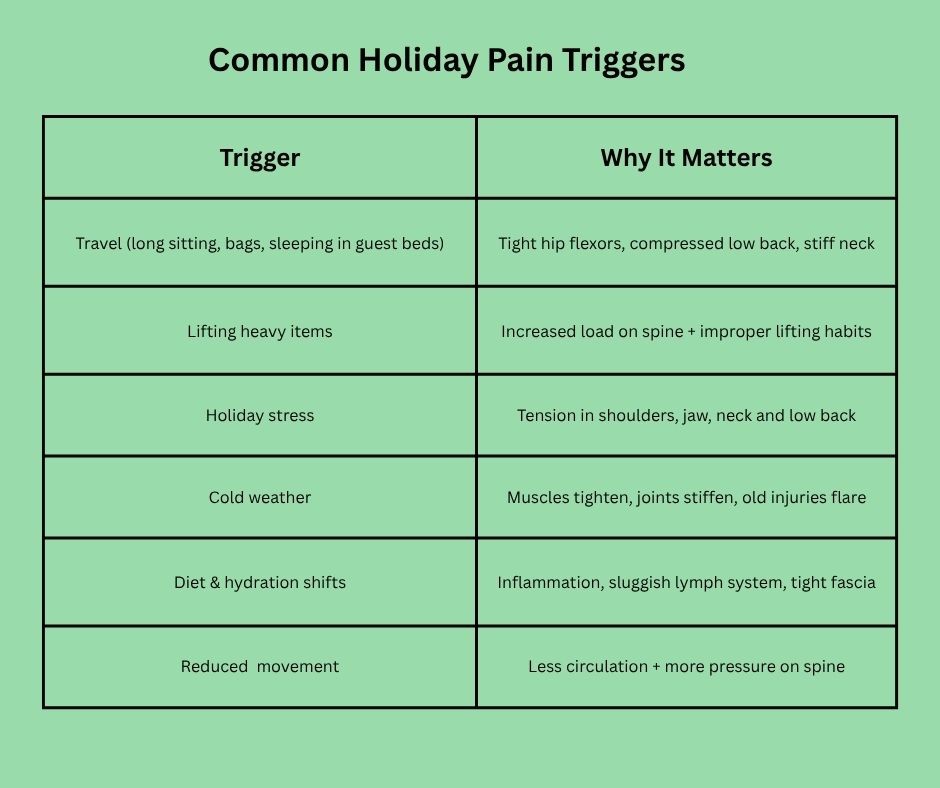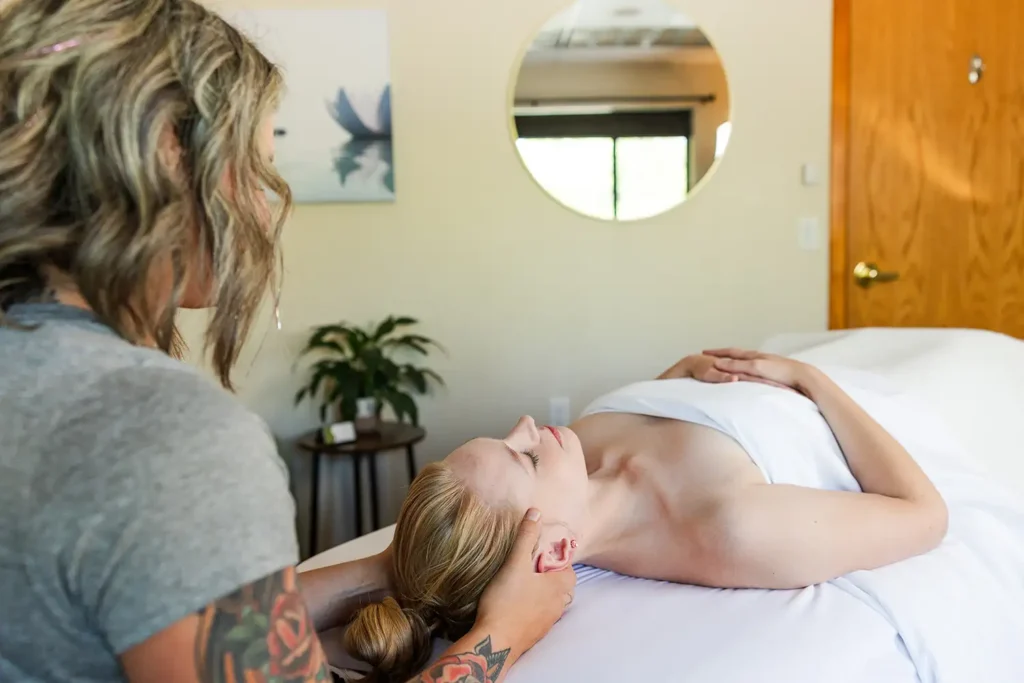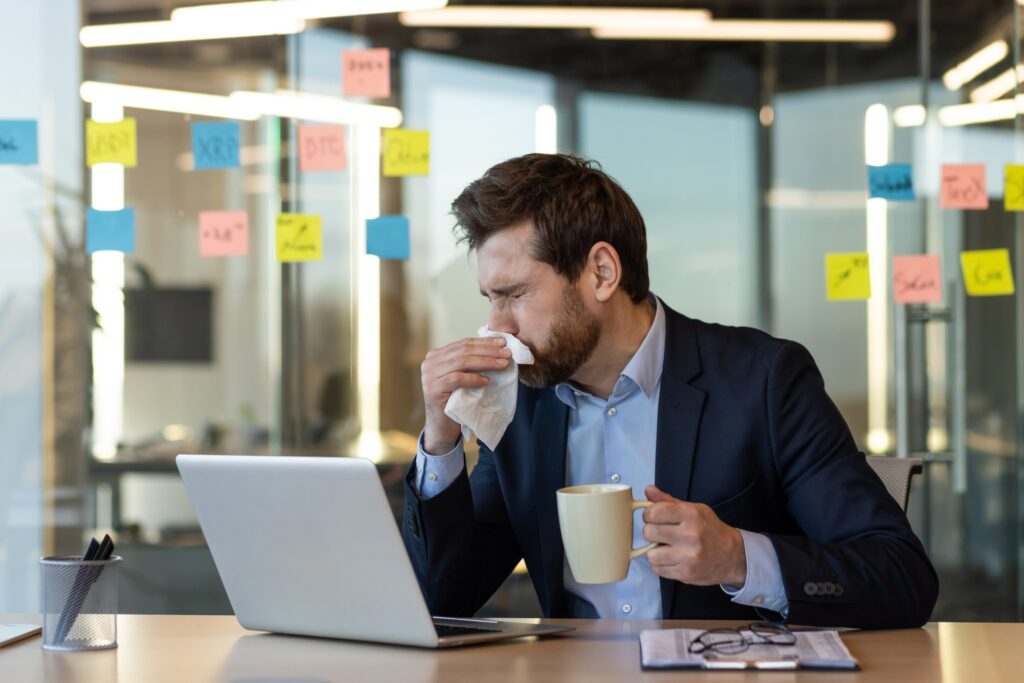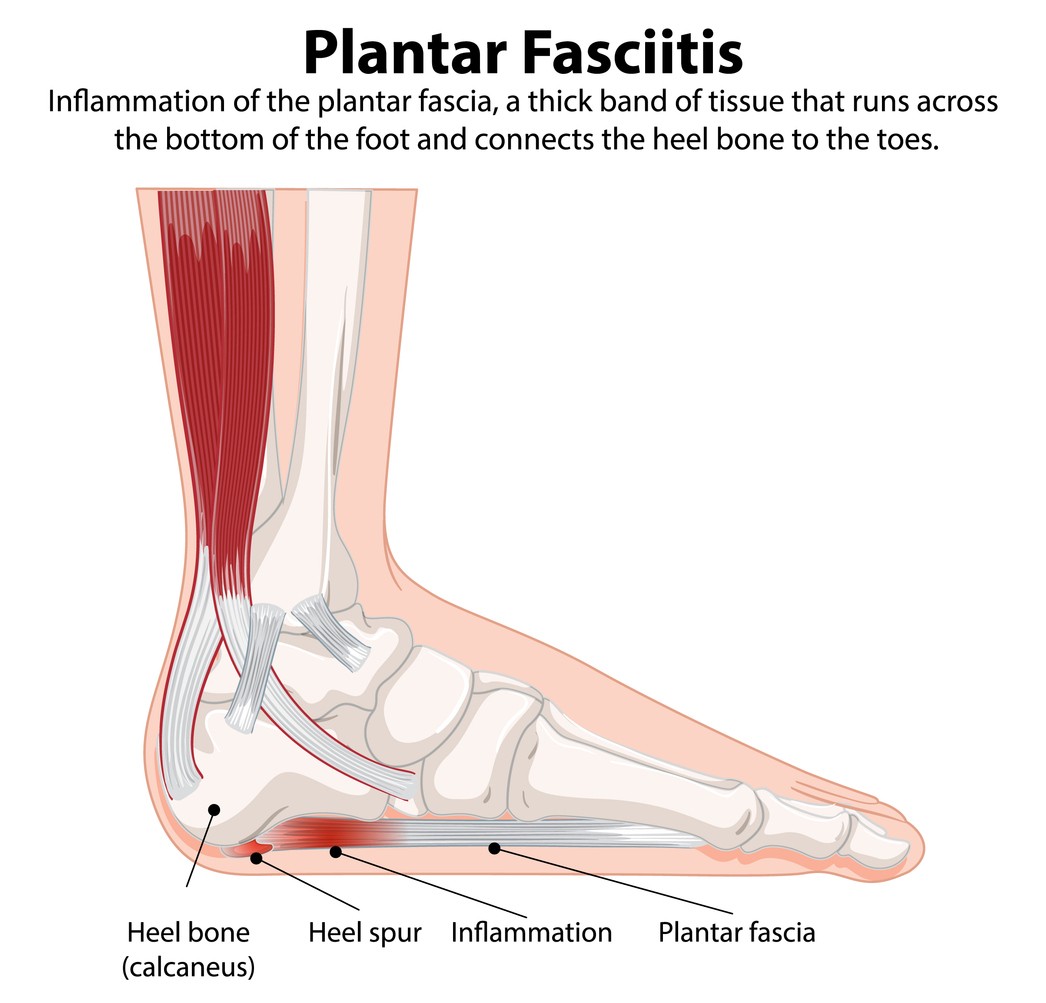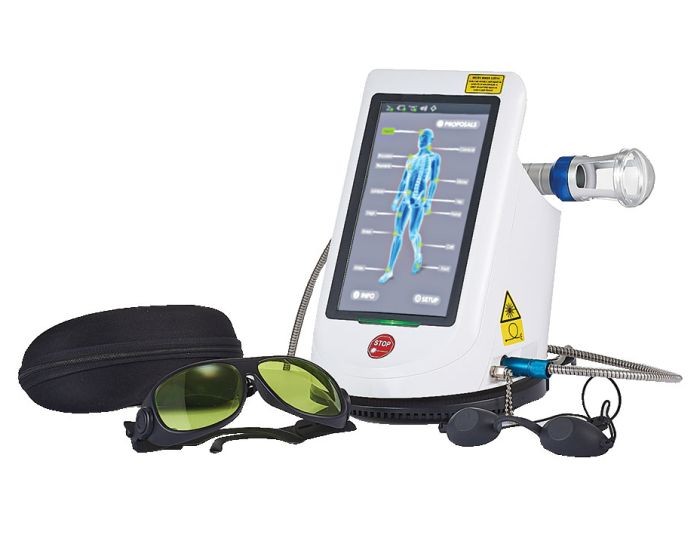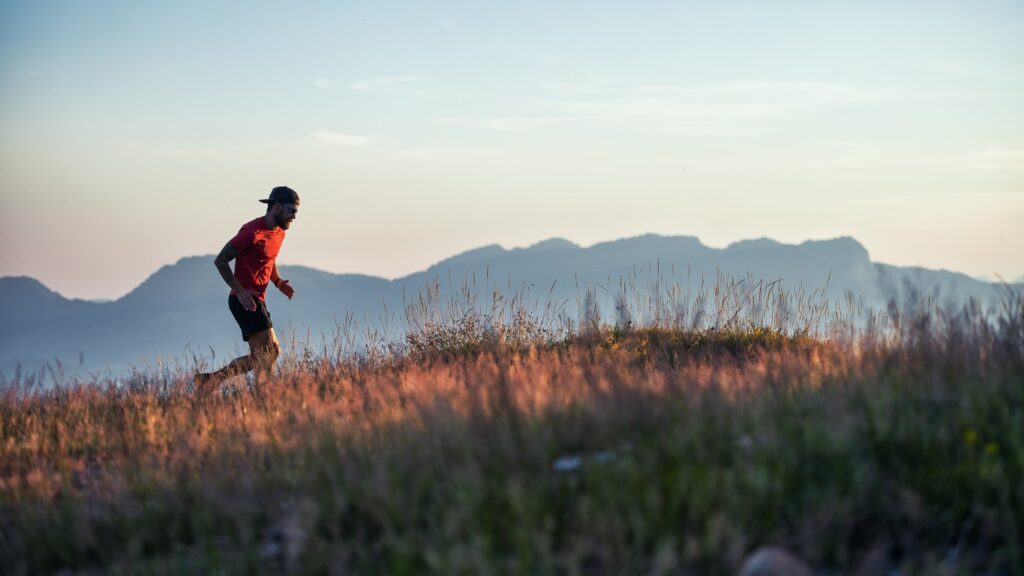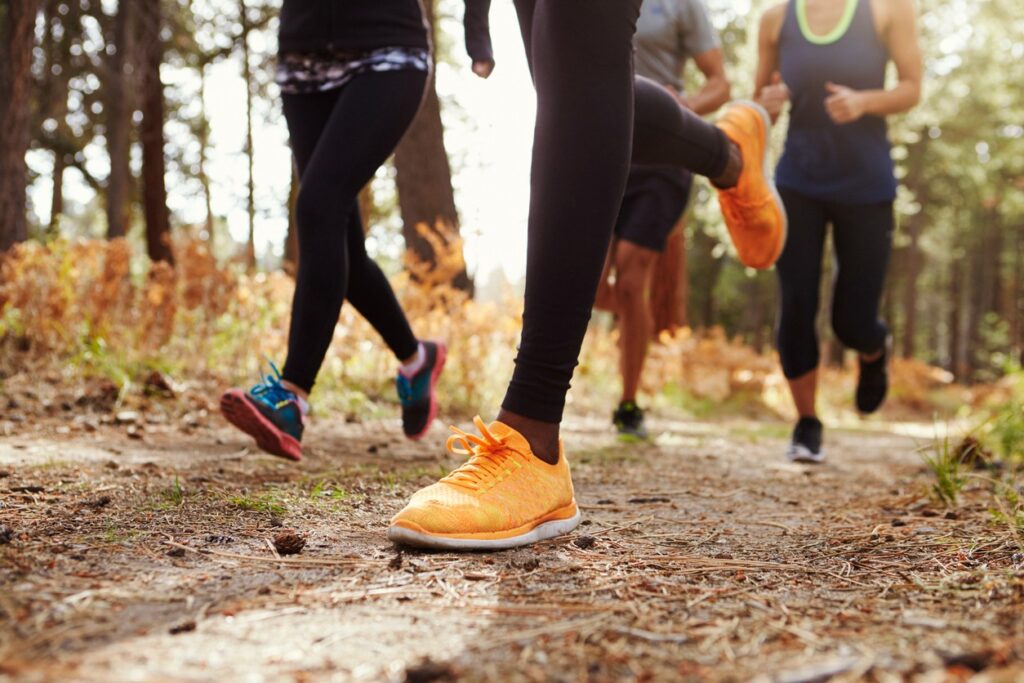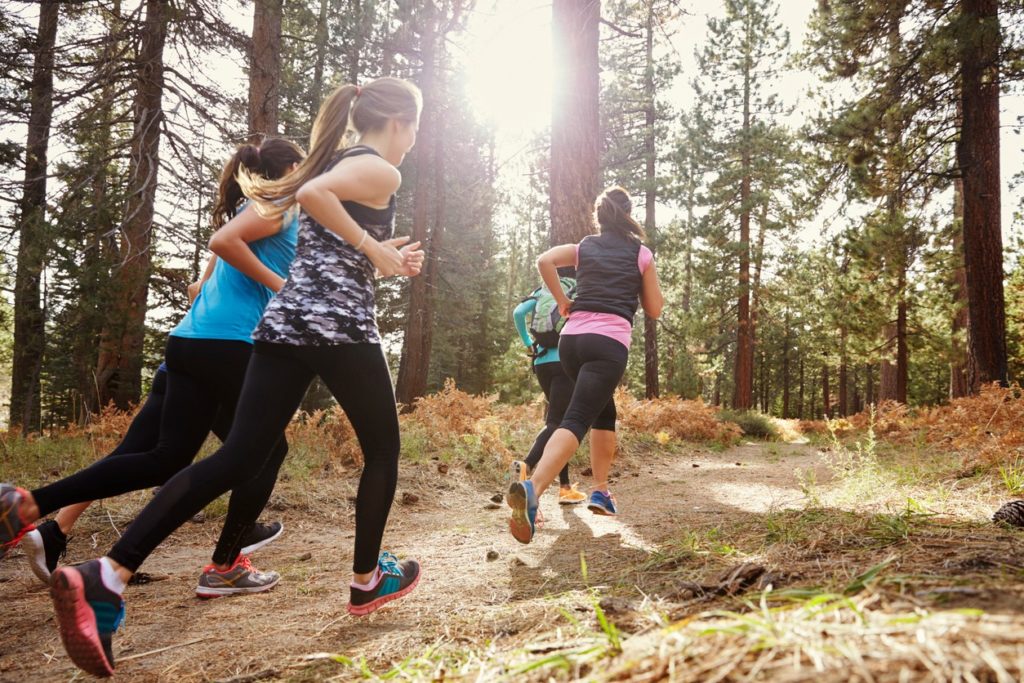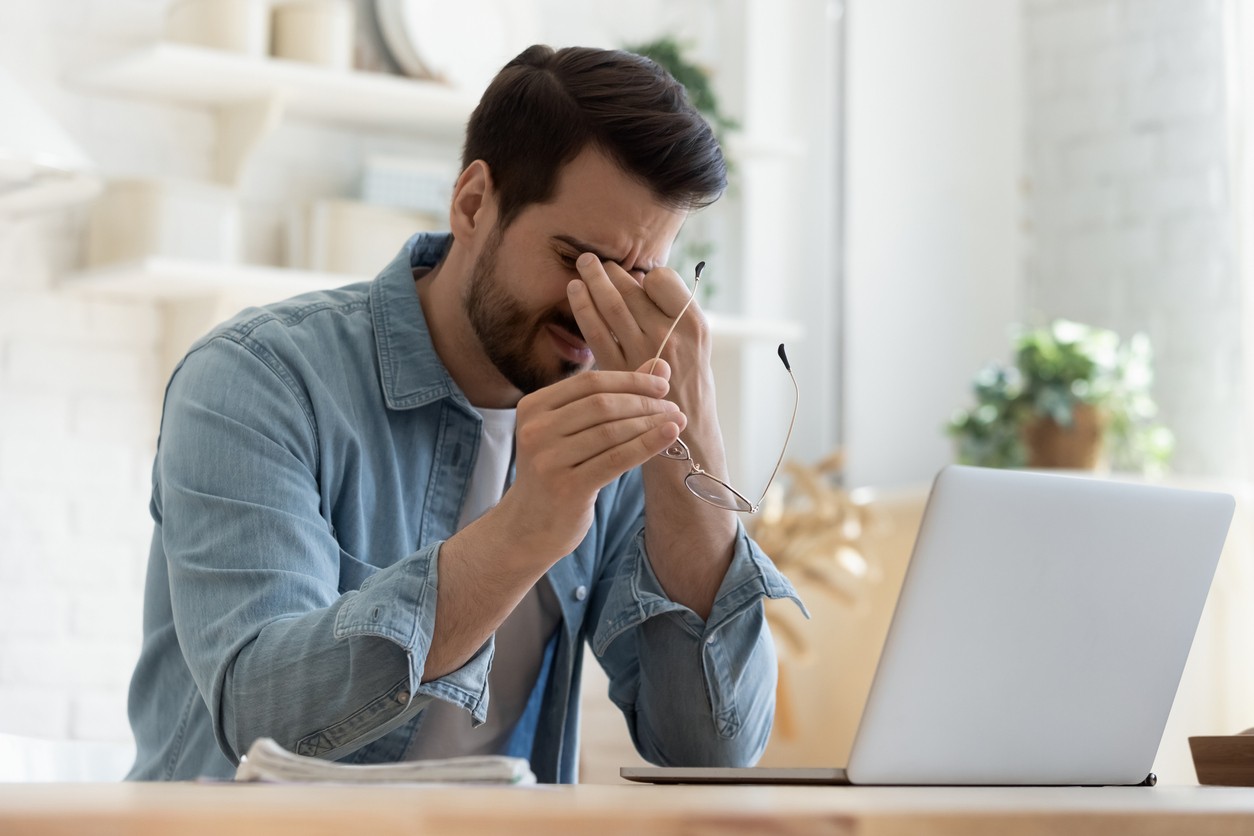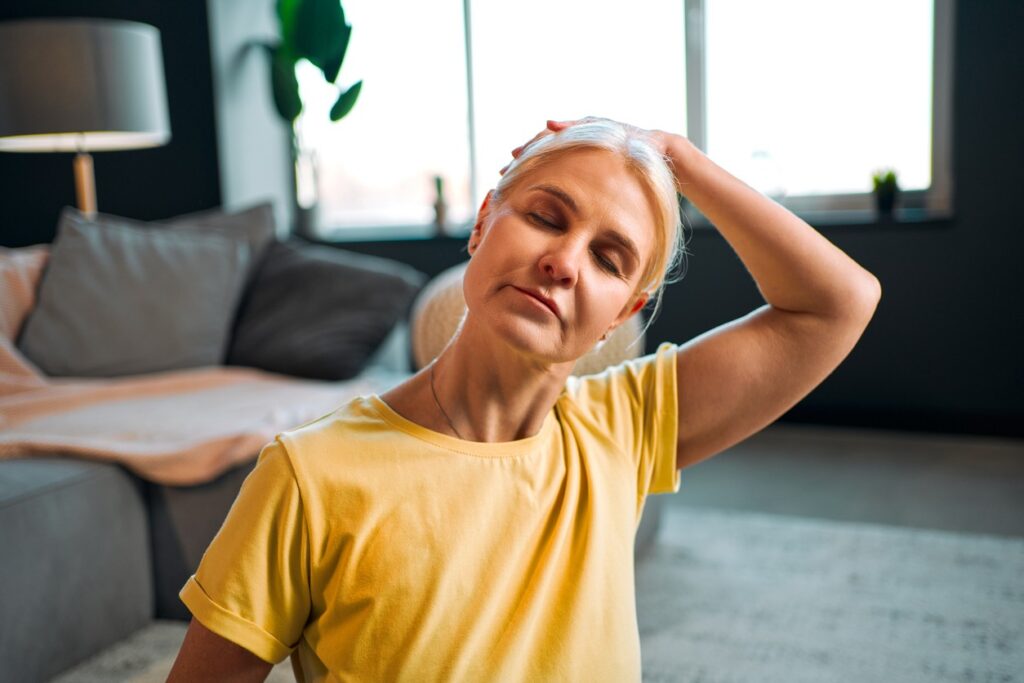Sports Massage vs. Deep Tissue Massage: Which One Is Right for You?
Whether you’re hitting the trails, training for a race, or simply trying to stay active without pain, bodywork plays an essential role in recovery and performance. At Total Body Chiropractic in Bend, Oregon, we help active individuals — from runners and cyclists to weekend warriors and outdoor lovers — understand how different therapeutic approaches enhance healing and support overall wellness.
Two of the most commonly recommended massage techniques are sports massage and deep tissue massage. They both offer powerful benefits, but they’re not interchangeable. Choosing the right therapeutic massage can make a meaningful difference in your recovery time, pain levels, and long-term performance. Let’s break down what each is, how they differ, and which may be best for your needs — especially in conjunction with chiropractic care.
What Is Sports Massage?
Sports massage therapy is a targeted therapeutic approach designed specifically for athletes and active people. The focus is on muscles used during physical activity, and techniques are tailored to support performance, prevent injury, and improve flexibility and range of motion.
Unlike a general relaxation Swedish massage, sports massage incorporates specific movements — such as stretching, compression, and trigger point therapy — aimed at muscles, tendons, and connective tissue that are put under repeated stress during training or competition.
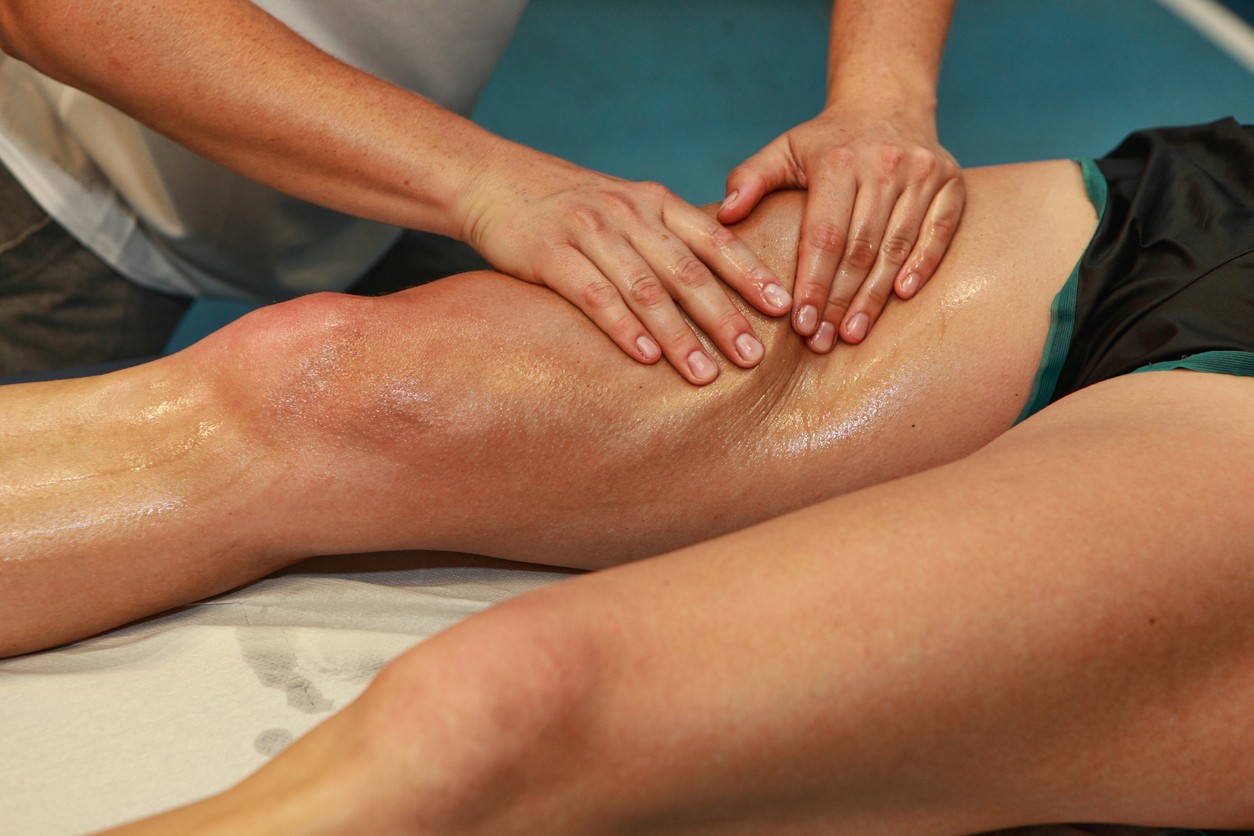
Key Features of Sports Massage:
- Performance-oriented: Helps prepare muscles before activity and aids recovery afterward.
- Dynamic techniques: Includes stretching and mobilization, not just pressure.
- Sports injury prevention: Targets muscle groups before dysfunction becomes pain.
- Adaptable: Can be adjusted based on where you are in your training cycle — pre-event, post-event, or maintenance.
What Is Deep Tissue Massage?
Deep tissue massage focuses on realigning deeper layers of muscles and connective tissue. It’s often recommended for chronic pain, postural problems, or specific areas of tension that aren’t responding to lighter therapeutic techniques.
This style uses slow strokes, sustained firm pressure, and specific maneuvers that reach below the superficial muscle tissue to the deeper layers where chronic knots and adhesions can form.

Key Features of Deep Tissue Massage:
- Pressure-focused: More intense than a relaxation massage to reach deeper muscle layers.
- Pain relief: Great for chronic muscle tension and stubborn tightness.
- Structural correction: Can help break down adhesions and improve movement patterns.
- Therapeutic, not just relaxing: Many clients find it intense but effective for long-term issues.
Sports Massage vs. Deep Tissue Massage: What’s the Difference?
At first glance, these two therapies might seem similar — both involve hands-on manual manipulation of soft tissue and can be firm in pressure. But their purpose, technique, and timing make them suited for different needs.
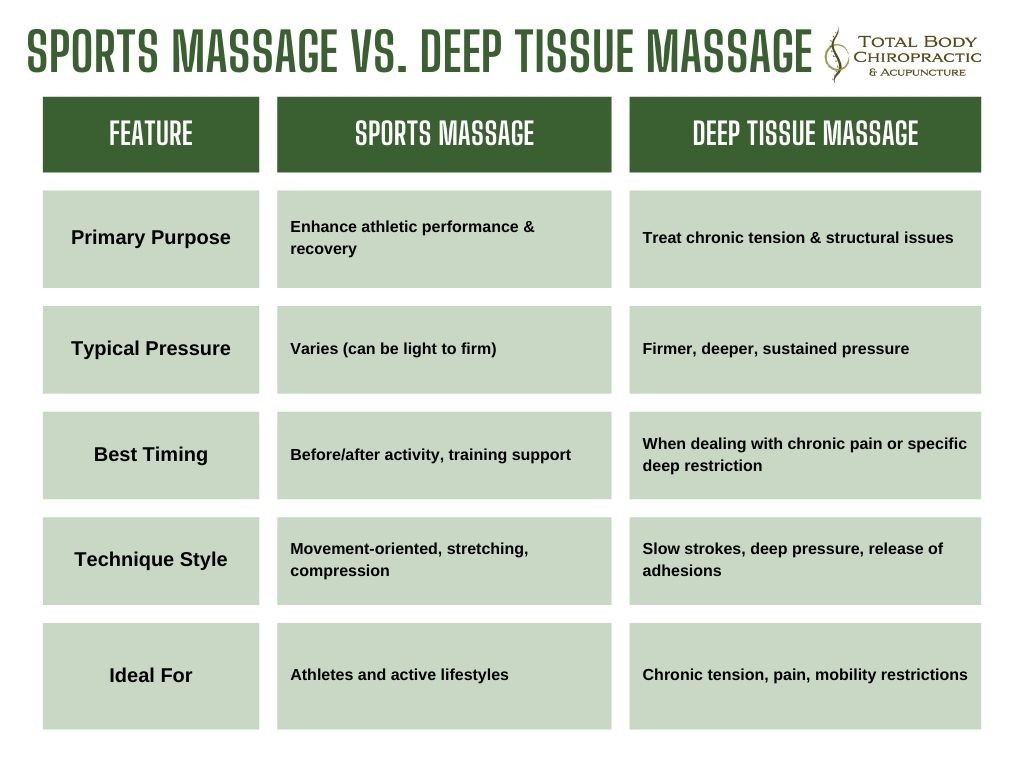
Sports massage is often integrated into training plans and can be preventative, helping keep athletes performing at their best. Deep tissue tends to be corrective, addressing issues that have built up over time.
Benefits of Sports Massage
Sports massage is more than “feeling good after a workout.” For those with an active lifestyle, especially in a place like Bend where outdoor recreation is a way of life, sports massage can make a practical difference in movement quality and recovery.
1. Enhances Performance: By increasing blood flow to muscles and promoting flexibility, sports massage helps your body perform more efficiently. Before a long run, hike, or bike ride, pre-activity sports massage can prime key muscle groups.
2. Speeds Recovery: After intense activity, your muscles experience microtears and inflammation. Sports massage encourages blood circulation and lymphatic flow, helping your body clear metabolic waste and speed tissue repair.
3. Prevents Injury: Targeted work on problem areas helps identify and correct imbalances before they turn into pain or injury. This is especially valuable if you’re training frequently or pushing your limits.
4. Improves Flexibility: Through assisted stretching and mobilization, sports massage increases joint range of motion — a key component of efficient, injury-free movement.
5. Reduces Muscle Soreness: Delayed onset muscle soreness (DOMS) can slow you down. Massage helps ease stiffness and soreness so you can stay consistent with your activities.
Benefits of Deep Tissue Massage
If you struggle with chronic muscle tension, pain from postural habits, or long-standing movement restrictions, deep tissue massage may be the right choice.
1. Breaks Up Scar Tissue and Adhesions: When muscles repeatedly tighten, they can form dense bundles of tissue that restrict movement. Deep tissue work gently breaks through these adhesions in the muscle fibers, restoring smoother movement.
2. Alleviates Chronic Pain: Many clients come to us with neck, back, or shoulder pain that hasn’t responded to lighter therapies. Deep tissue massage can target the root of tension, not just the surface sensation.
3. Improves Posture and Movement Patterns: By addressing the muscles that pull you out of alignment, deep tissue massage supports better posture — which in turn reduces strain on joints and enhances how your body moves overall.
4. Supports Injury Rehabilitation: When used in coordination with other manual therapies like chiropractic care and therapeutic exercise, deep tissue massage can aid recovery from strains, repetitive use injuries, and compensatory patterns.
Which One Do You Need? Sports Massage or Deep Tissue Massage?

Choosing between sports and deep tissue massage depends on your goals, activity level, and the type of pain or restriction you’re experiencing.
Choose a Sports Massage If:
✔ You’re training regularly (run, bike, swim, ski, hike, etc.)
✔ You want to improve performance or prevent injury
✔ You want muscle prep before activity or recovery afterward
✔ Your main concern is tight muscles after workouts
Sports massage is ideal for active lifestyles — those who want to stay strong, mobile, and pain-free while enjoying activities unique to Central Oregon living.
Choose a Deep Tissue Massage If:
✔ You have chronic muscle tension or stiffness
✔ You experience recurring pain in the neck, back, or shoulders
✔ You’ve tried lighter massage with limited relief
✔ You want to address long-standing movement restrictions
Deep tissue work benefits those whose discomfort goes beyond typical post-workout soreness — people who want real changes in how their body feels and functions day to day.
How Sports and Deep Tissue Massage Complement Chiropractic Care
At Total Body Chiropractic in Bend, we believe in an integrated approach to healing and performance. Chiropractic care, exercise therapy, and massage each offer unique benefits — but together, they’re stronger.
Chiropractic Adjustments Improve Joint Function: Our chiropractors in Bend use precise adjustments to restore proper alignment and joint mobility. When joints move freely, muscles don’t have to compensate — reducing strain and improving posture.
Massage Prepares the Muscles: Sports or deep tissue massage works on soft tissues — muscles, fascia, and connective tissue — to reduce tension and increase flexibility. This makes chiropractic adjustments more effective and longer lasting.
Improved Muscle Balance: Massage helps muscles relax and lengthen, chiropractic treatment ensures joints are aligned properly, and therapeutic exercise strengthens the movement patterns you need to prevent future issues. This combination boosts performance and minimizes setbacks. For example, after a marathon, sports massage helps your muscles recover while chiropractic care addresses spinal alignment and nervous system function. If you’ve had chronic low-back stiffness, deep tissue massage loosens the tension while chiropractic adjustments correct joint mechanics and improve how you stand, walk, and move.
Better Pain Management: Many people come to us with persistent discomfort. Chiropractic care helps reduce nerve irritation and improve alignment, while massage alleviates muscle tension that often contributes to pain. Together, they create a comprehensive path to relief.
What to Expect in a Session
Whether you choose sports massage or deep tissue massage, we want you to feel informed and comfortable with what’s involved.

Sports Massage Session
- Discussion of your goals, recent activity and individual needs
- Warm-up techniques and muscle assessment
- Combination of compression, stretching, and mobilization
- Targeted work on specific muscle groups
- Tips for recovery (hydration, stretching, self-care
Deep Tissue Massage Session
- Focused assessment of chronic tension areas
- Sustained, slow pressure to release deeper muscle layers
- Work on adhesions and areas of restriction
- Post-session care guidance (hydration, heat/ice, gentle movement)
Both types of massage are performed by our trained, compassionate therapists who tailor the session to your comfort and goals.
How to Choose What’s Best for You
Here are a few questions to ask yourself (or bring to your appointment):
- Is your pain recent and activity-related? Sports massage might help you recover faster and stay active.
- Is your pain long-standing or recurring? Deep tissue massage could be more effective at addressing the underlying tension.
- Are you training for an event or performance goal? Sports massage fits well into training plans.
- Does your discomfort feel structural or deep? Deep tissue assists with deeper muscle layers and chronic restrictions.
- Do you also want alignment work? Combine massage with chiropractic care for best results.
Our chiropractors in Bend and massage team will help you decide the most effective path forward — customized for your body and lifestyle.
Take the Next Step Toward Better Movement and Less Pain
Whether you’re dealing with performance-related muscle soreness or deeper, persistent tension, sports massage and deep tissue massage both play valuable roles in your wellness plan. When paired with expert chiropractic care from our team in Bend, they create a powerful partnership that helps you feel better, move better, and stay active in the ways you love.
Ready to feel the difference? Contact our massage therapists at Total Body Chiropractic today to schedule your evaluation and discover the best massage approach for your needs. Your body — and your next adventure — will thank you!

